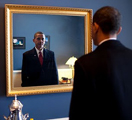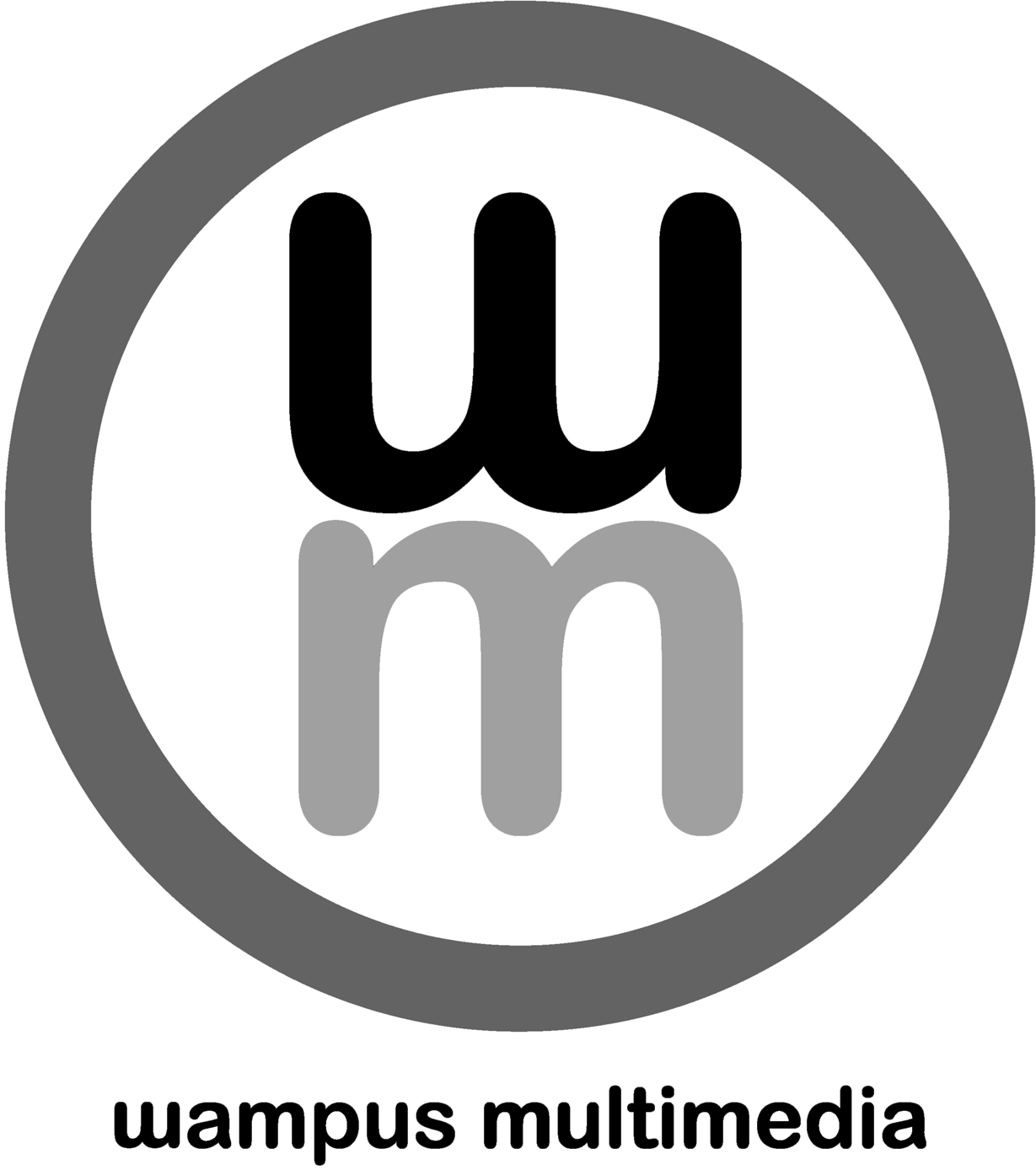Finding Your Natural Audience
 Songwriters, do you know who your natural audience is?
Songwriters, do you know who your natural audience is?
Your songs exist at a point within or outside the commercial mainstream. If they fall in the mainstream, they are similar to other songs, and are most likely to be embraced by a pop audience. If they hang out on the fringes, they are discernible from other songs, and are most likely to be noticed by a niche audience. The pop audience is larger and more accepting, the niche audience smaller and more discriminating. Each has its pros and cons.
Pop and niche artists are different animals:
Pop: Taylor Swift, Justin Timberlake, Kelly Clarkson, T-Pain, Gwen Stefani, Chris Brown.
Niche: Nick Cave, Jonathan Richman, Polly Jean Harvey, Howe Gelb, Daniel Johnston, Robert Pollard.
You’re more likely to hear Taylor Swift at the shopping mall than you are Howe Gelb. Why? Swift sings of romantic disappointment and packages it for adolescent girls, who frequent malls in droves. Gelb sings about more arcane things, which are less relatable to shoppers. At the mall, Swift is going platinum while Gelb is going quietly. But Gelb, a rough-hewn, outsider songwriter in the Neil Young vein, is known to a certain audience, and has been known to that audience since before Swift was born.
Each of these songwriters has enthusiastic fans. But their audiences are as different as Diet Coke and desert dust.
 The Artist-Audience Mirror
The Artist-Audience Mirror
“I’ll be your mirror,
reflect what you are,
in case you don’t know.”
-The Velvet Underground
An audience responds to a song when they identify with it. Something about the song — style, sound, point of view — resonates in them, rings a bell, causes them to remember and replay it. When an audience responds to your song, they are basically mirroring you, identifying you as one of them. They are seeing things as you do, and valuing your song as you do.
You are giving voice to something the audience already feels and knows.
And that can’t be faked — you either reflect the audience or you don’t. If you reflect the audience, your songs might, if you’re lucky, play as background for some of their thoughts and dreams.
It might look like it’s just you in the mirror. But your natural audience is there, too.
Connecting with Your Natural Audience
Artists sometimes try to reach out to everyone with their marketing. It makes sense at first — why limit yourself, after all, to engaging a particular group? Why not introduce yourself to sparkly tweens and college professors and stockbrokers and pizza delivery guys all at once? It’s better to have “more balls in the drum,” right? Wrong. Your music career is not the lottery. The less you focus on a particular segment of your audience, the less those people feel you’re talking to them, and the less they identify with you and your music. When you try to talk to everyone, you’re actually not speaking directly to anyone.
To connect with your natural audience, set aside your preconceived notions and think for a moment about who you are. Ask yourself: What do I write about? Who is interested in those things? Who are my favorite artists, and which artists do people think I sound like? Who listens to those artists? The answers to those questions will produce a surprisingly accurate sketch of your ideal fan.
That person is living in your town, in the next town over, and on the web. Find them and introduce yourself. And then find their friends.
For more on your natural audience, read “Why Originality Matters” (at Wampus | at Music Think Tank).

good sound advice….mark! stay true to who you are and the rest will follow..including audiences…it’s kind of like the turtle and the hare fable….Thank you!
Thanks, JK. You know this stuff. “Truth and courage,” right?